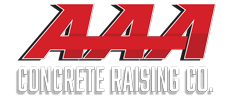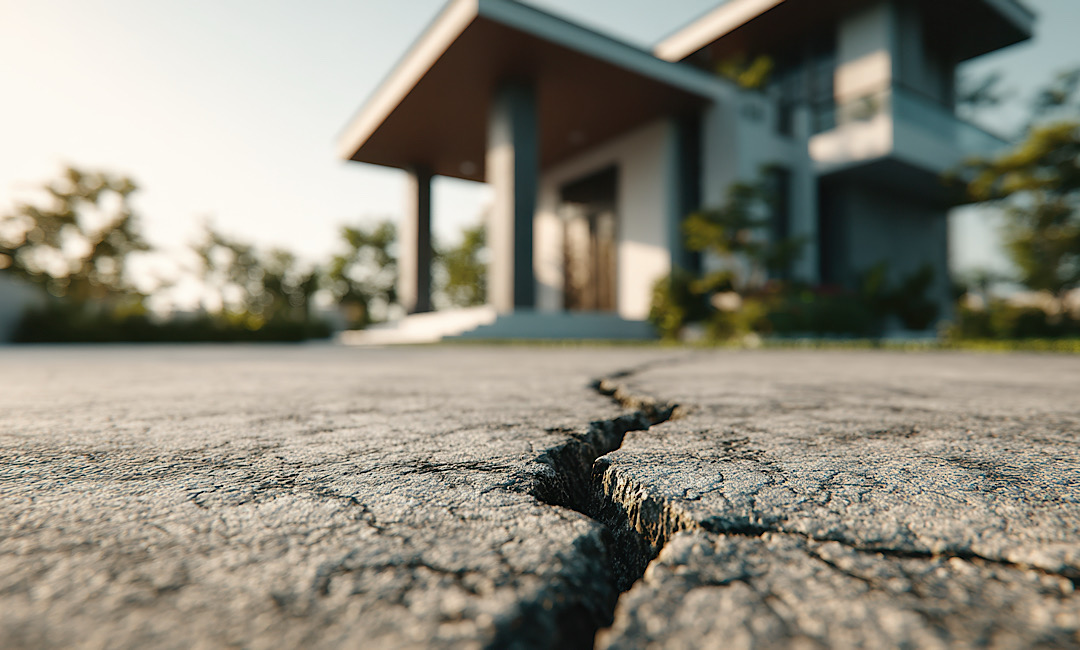An even, smooth concrete surface is a thing of beauty. A well-laid driveway or sidewalk creates a safe surface for you and your vehicles, but they don’t always stay that way. Out of nowhere, your concrete can be spoiled by a crack or cracks that not only look bad but can create stubbed-toe hazards for everyone around the home.
Why Concrete Cracks
So how does a beautiful slab go from even one day to cracked the next? There are several reasons that concrete cracks including roots and poor fill but no matter where the cracks come from – you need to get them fixed. Identifying what type of crack you’re looking at is one of the first steps to finding the causes and the fixes to them so let’s learn more about dreaded concrete cracks.
Mos犀利士
t Common Types of Concrete Cracks
D-Cracks
Cracks that start from one concrete joint and run to another joint are called d-cracks. These cracks can be deep and are caused by excess moisture in the joint. You may need to relay the joint in some cases.
Diagonal Corner Cracks
Diagonal corner cracks are raises and pockmarks found at the diagonals of concrete panels. Diagonals are one of the most susceptible areas of concrete to be damaged. These corners are more affected due to the pouring of the concrete and the natural wear and tear of corners. Corner damage may be superficial or deeper.
Map Cracks
As the name implies, map cracks look like routes and roads on an unfolded map. Map cracks are thin, shallow, and not a structural problem. These cracks are superficial and can be patched by homeowners.
Hairline Cracks
Hairline cracks are thin, but unlike map cracks, they can be deep into the concrete. Hairline cracks are most often caused by poor curing. Hairline cracks can indicate structural problems with the concrete.
Other Cracking and Pockmark Issues
Pop-Outs
Pop-outs are caused due to the absorbent substrate on the surface of the concrete that expands, creating a “popped-out” depression. Pop-outs are usually superficial.
Scaling
Scaling is illustrated in several pock marks on the surface of the concrete. You can likely see the aggregate under the concrete in scaling. Caused by improper curing, not finishing the concrete after its poured, or delamination. Scaling indicates the presence of water in the concrete.
Spalling
Spalling can be found near your concrete’s rebar. Depressions in the concrete are like scaling, but spalling is caused by rising substrate underneath the concrete. Spalling is often due to corroding and rusting rebar. Spalling can be a compounding problem.
What to Do About Cracks
There is no one-size-fits-all cure for concrete cracks since different cracks have different sources and will need to be fixed with different plans of attacks. After identifying cracks in your sidewalk or driveway, you need to reach out to a concrete contractor.
Some of the more superficial cracks, like map cracks, can be patched and repaired by the homeowner but deeper cracks will need to be addressed by a professional. A contractor can’t help you until they’ve diagnosed the crack. Call on a professional outfit to look at your unique situation before it becomes worse.
Concrete cracks for several different reasons and while most concrete cracks are superficial, some may be deeper. Cracks will only get worse so try to get them patched before it becomes a bigger ordeal with a local concrete professional like AAA Concrete Raising.





